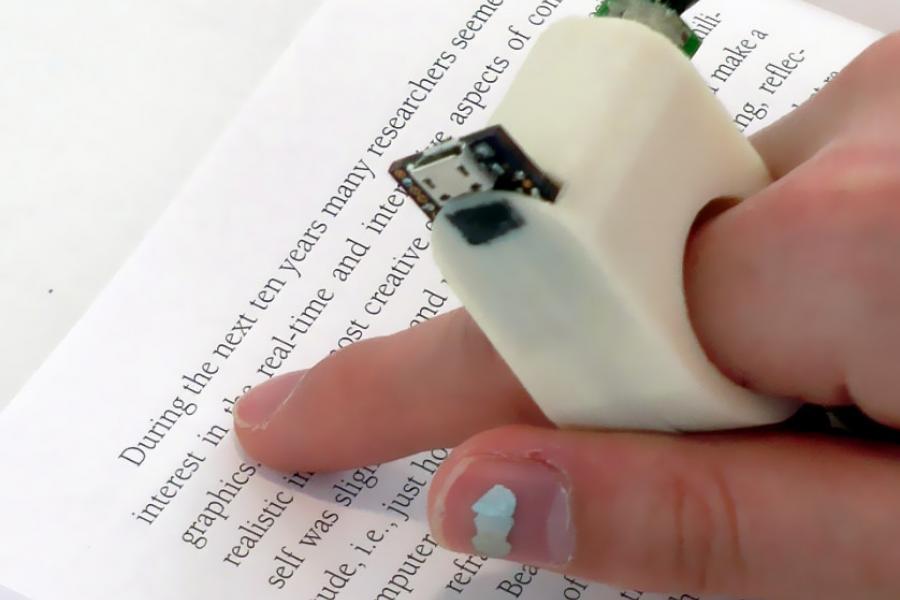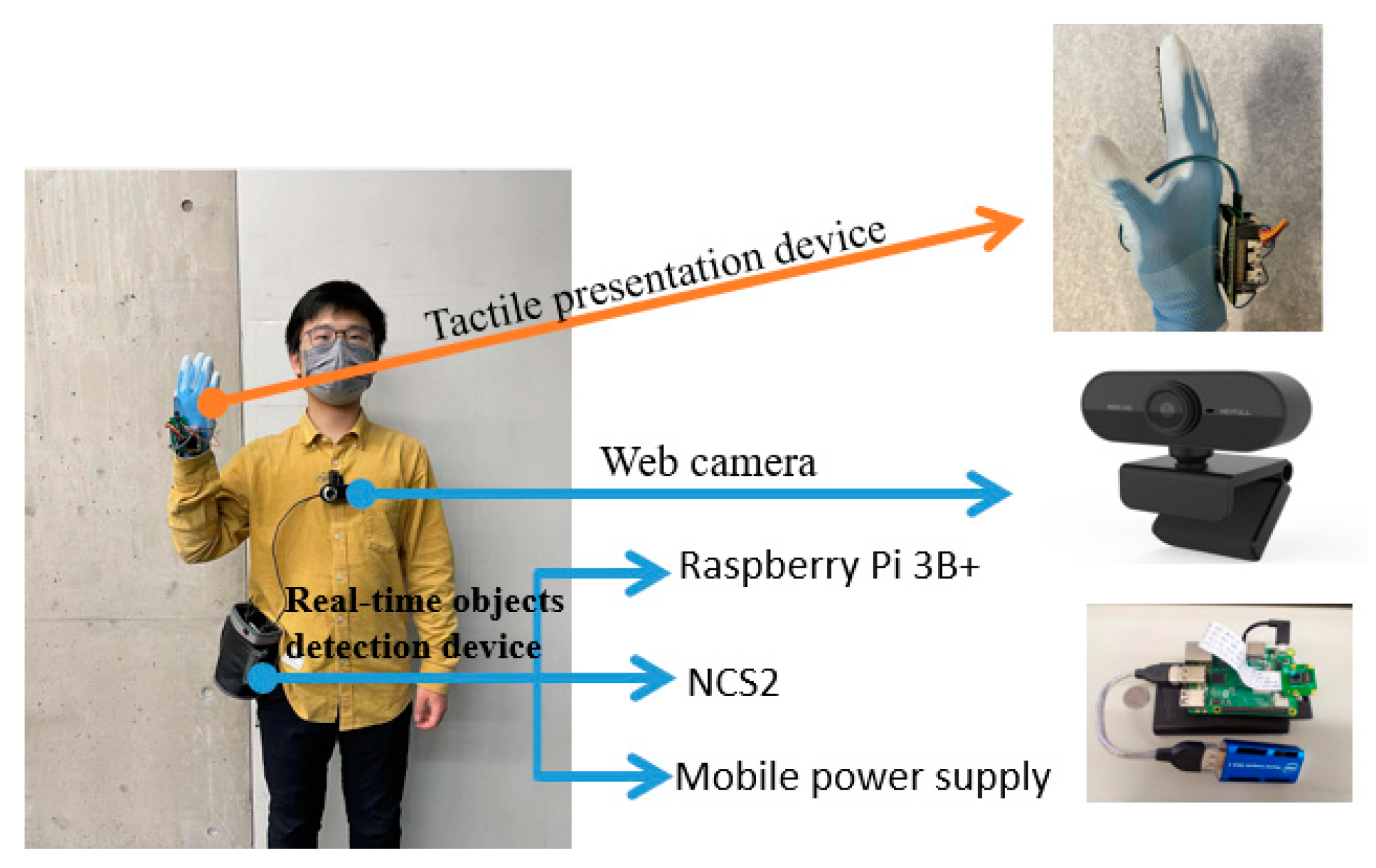Braille Displays and Notetakers: Essential Tools for Learning and Work
Braille Displays and Notetakers: Essential Tools for Learning and Work
Blog Article
Empowering Freedom With Assistive Technology for the Blind
The combination of assistive innovation right into the lives of individuals with visual disabilities stands for a considerable development in advertising freedom and self-sufficiency. From ingenious screen readers to innovative wise walking sticks, these tools not only improve daily navigation and communication but additionally empower users to involve meaningfully in different elements of life. As we discover the myriad advantages and real-world applications of these innovations, it becomes critical to check out the hidden aspects that add to their efficiency and the possibility for future growths in this important area.
Summary of Assistive Technology

The development of assistive innovation is based in principles of inclusivity and empowerment. Technologies in software application, hardware, and sensory enhancements provide individuals with choices customized to their details needs. From screen visitors that transform text to speech, to tactile devices that convey info with touch, these tools change the means individuals engage with their environments.
Along with practical applications, assistive technology cultivates greater social inclusion and involvement in different markets, consisting of education and work (Wearable technology for low vision). As r & d remain to advance, the possibility for assistive innovation to additionally enhance the lives of visually damaged individuals stays promising, leading the way for an extra fair society where everybody can flourish
Sorts Of Assistive Tools
A selection of assistive devices have emerged to support individuals with aesthetic disabilities, each created to meet certain demands and improve day-to-day performance. These tools vary from low-tech options to modern technologies, giving varied choices for users.
Low-tech gadgets include magnifiers and large-print materials that assist in analysis and writing. Braille tools, such as Braille slates and styluses, enable responsive analysis and interaction. Positioning and movement help, like white walking canes, assist individuals navigate their environment securely.
On the higher end of the range, electronic zoom systems and display visitors offer significant assistance. Electronic magnifiers enable individuals to increase the size of text and photos on displays, while display readers transform digital web content right into synthesized speech, facilitating access to details on computer systems and mobile phones.
Smartphone applications likewise play an important role, providing functions like message recognition and navigating aid. Wearable modern technology, such as clever glasses outfitted with augmented fact, is becoming an encouraging tool to enhance situational recognition.
Advantages of Assistive Innovation
The integration of assistive technology substantially boosts the quality of life for people with aesthetic disabilities. These technologies equip users by advertising independence, enabling them to navigate their environments better and do daily jobs with higher ease. For example, display viewers and zoom software program allow individuals to access digital info, fostering specialist and instructional opportunities that might have previously run out reach.
In addition, assistive devices such as smart walking canes and GPS applications give real-time navigating assistance, boosting wheelchair and safety. This enhanced freedom not only improves self-esteem yet likewise encourages social engagement, enabling customers to take part even more totally in their neighborhoods.
Assistive modern technology also funky glasses frames facilitates interaction, assisting users get in touch with others via voice acknowledgment and text-to-speech applications. This capability is vital for maintaining relationships and accessing vital details.
Additionally, the modification alternatives offered with many assistive technologies make sure that users can customize gadgets to their certain needs, further enhancing usability and effectiveness. In general, the advantages of assistive technology for individuals with aesthetic problems are extensive, advertising a more inclusive culture where every person can pursue their aspirations and objectives.
Study and Success Stories
Highlighting the transformative effect of assistive innovation, numerous study illustrate just how people with visual problems have effectively incorporated these tools right into their every day lives. One engaging instance includes an university student that made use of screen analysis software application to navigate on-line sources and academic products effectively. This modern technology not only promoted her education and learning but likewise improved her confidence in joining discussions and team projects.
An additional study features a professional who uses a smart device application created for navigating and object recognition. By utilizing this application, he has gained back freedom in both his individual and job environments, allowing him to commute independently and involve with colleagues better.
In addition, the original source a retiree shared her experience with braille e-readers, which allowed her to access a large selection of literature and remain connected with her neighborhood with book clubs.
These success stories emphasize the important role of assistive modern technology in cultivating self-reliance, enhancing top quality of life, and advertising social combination for people with visual disabilities (Screen readers for the blind). By welcoming these innovative tools, individuals can overcome challenges and seize opportunities that add to their specialist and personal gratification
%20(1).webp)
Future Trends in Assistive Modern Technology
Advancement in assistive technology is positioned to redefine the landscape of assistance for individuals with aesthetic disabilities. Arising fads stress the combination of fabricated intelligence (AI) and machine knowing, which enhance the performance of devices that aid with navigation and info ease of access. As an example, AI-driven applications are now efficient in analyzing visual data in real-time, enabling customers to engage with their setting much more independently.
Moreover, the growth of wearable modern technology is advancing quickly. Smart glasses geared up with augmented reality (AR) can supply audio summaries of environments, changing how users interact with public rooms. These tools not only promote autonomy but additionally foster social inclusion.
Additionally, the Net of Things (IoT) is making homes smarter, enabling for smooth connectivity in between assistive devices and day-to-day home appliances. This connection equips customers by enabling computerized responses and voice-activated controls tailored to private needs.
Conclusion
To conclude, assistive technology plays an essential duty in empowering individuals with aesthetic impairments by improving their freedom and interaction with their environments. The varied array of applications and tools available not just helps with navigating and interaction but likewise advertises social assimilation and possibilities for personal and specialist development. As advancements continue in this field, the possibility for enhancing the lifestyle for those with visual disabilities will certainly increase, promoting greater freedom and empowerment.

Report this page